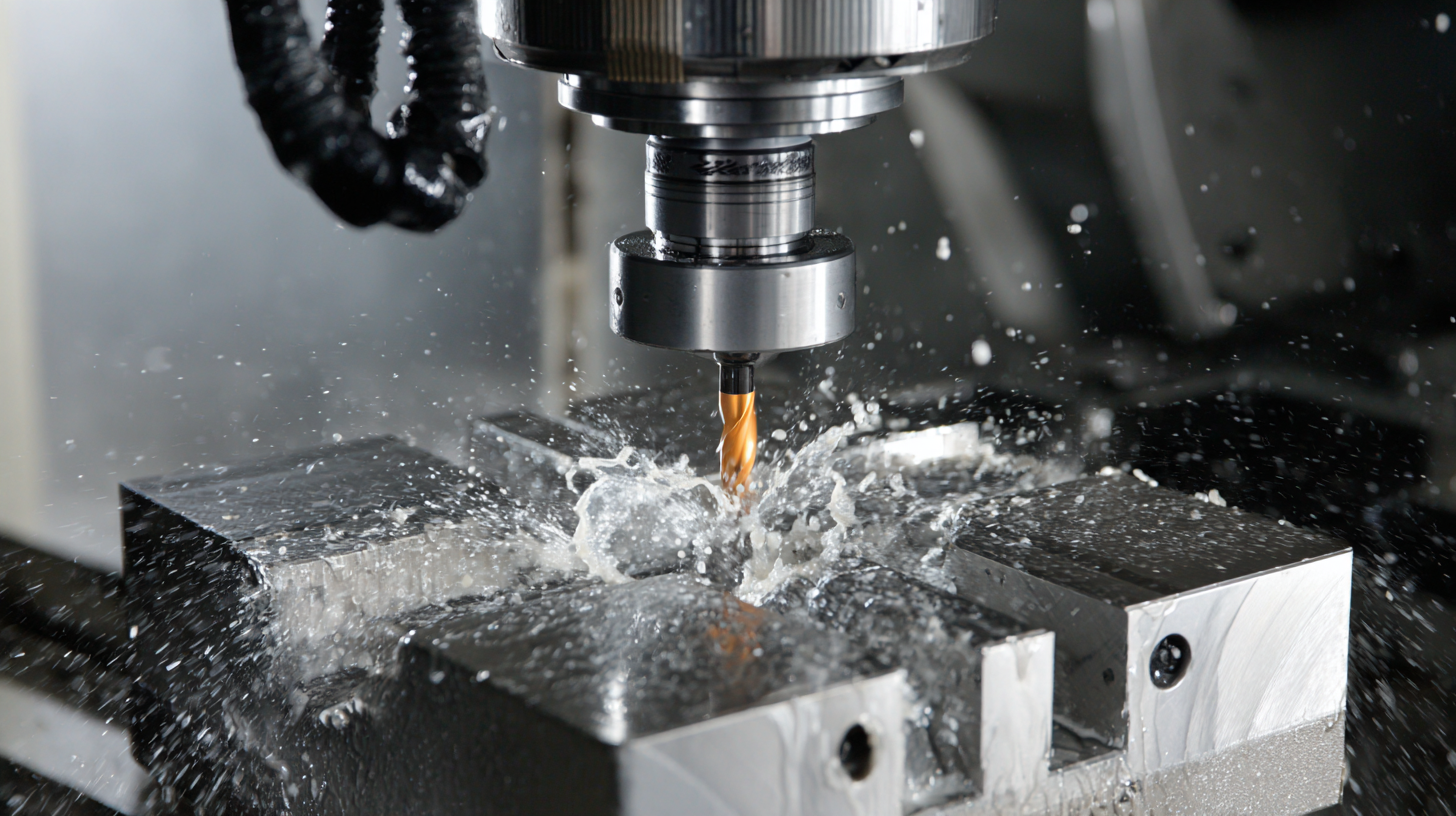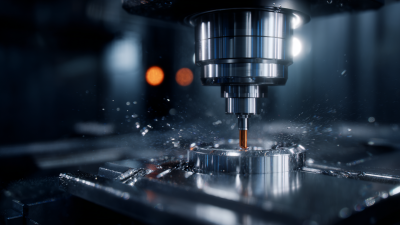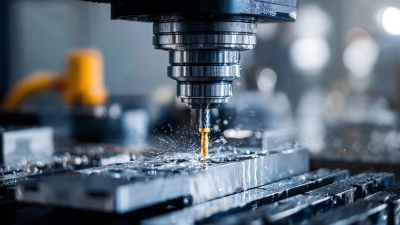In the realm of modern manufacturing, CNC milling stands out as a pivotal technology that significantly enhances precision and efficiency in production processes. As industries strive to meet increasingly rigorous standards for quality and performance, optimizing CNC milling operations has become crucial. This guide delves into various strategies and best practices aimed at elevating the effectiveness of CNC milling techniques.
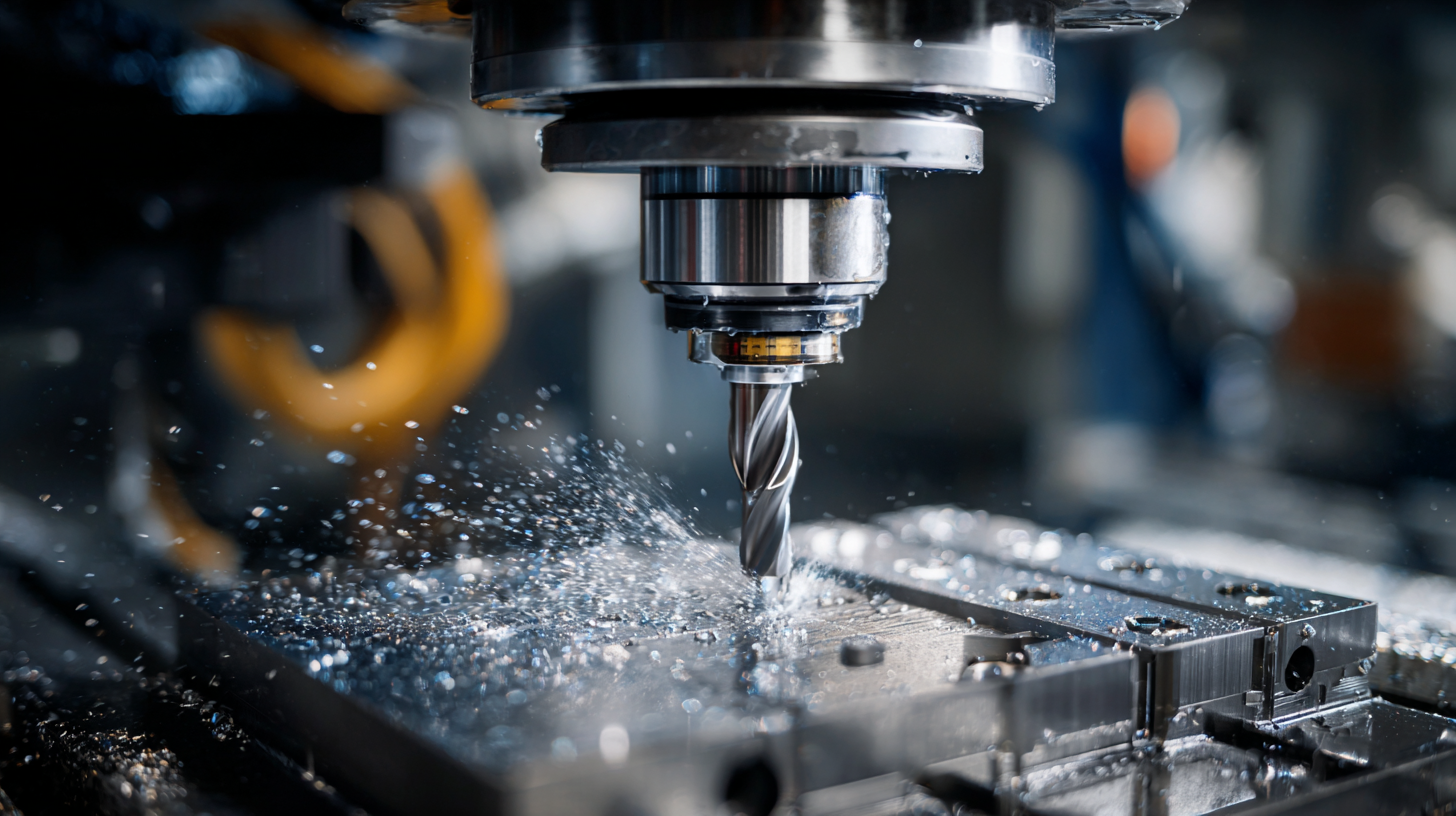
By focusing on key aspects such as tool selection, machine calibration, feed rates, and cutting parameters, manufacturers can achieve not only superior precision in their output but also improved operational efficiency. Embracing these optimization techniques will ensure that CNC milling remains at the forefront of manufacturing excellence, driving innovation and productivity in an ever-evolving market landscape.
CNC milling is a vital process in manufacturing, and understanding the key factors that affect precision and efficiency can significantly enhance outcomes. Among these factors, tool selection plays a crucial role. Choosing the right milling tool based on the material and the required precision level can lead to improved cutting speeds and reduced wear, ultimately resulting in better surface finishes.
**Tip:** Always ensure that the tools are sharp and well-maintained. Dull tools can cause increased friction, leading to heat generation and deterioration of both tool and workpiece quality.
Another important factor is the optimization of cutting parameters, such as feed rate, spindle speed, and depth of cut. These parameters should be adjusted according to the material properties and desired finish. Incorrect settings can lead to excessive vibrations or inaccuracies during milling, compromising both efficiency and precision.
**Tip:** Utilize simulation software to analyze different cutting scenarios and predict potential issues before actual machining. This proactive approach can save time and resources, ensuring a smoother production process.
Implementing advanced tooling techniques is crucial for improving cutting performance in CNC milling processes. One effective method is to utilize high-quality cutting tools made from materials like carbide or high-speed steel, which can withstand higher temperatures and wear. These materials ensure longer tool life and maintain sharpness, leading to more precise cuts. Additionally, incorporating coatings such as TiN or TiAlN can reduce friction and enhance corrosion resistance, further improving the efficiency of the milling process.
Another innovative approach is the use of multi-tooth and geometrically optimized tooling. Multi-tooth tools allow for more effective material removal rates while optimizing the chip flow. When combined with precise geometrical designs tailored for specific materials, these tools can reduce cutting forces and vibrations, enhancing the overall stability of the milling operation. Using adaptive tooling systems that adjust parameters like feed rate and depth of cut in real-time can also significantly boost efficiency, ensuring that the milling process remains optimized under varying conditions.
In the realm of CNC milling, the integration of software solutions is pivotal for achieving enhanced precision and efficiency. Real-time monitoring systems allow manufacturers to track the performance of their milling machines continuously. By utilizing sensors and advanced data analytics, these systems can detect deviations from the desired machining conditions, enabling immediate corrective actions. This proactive approach minimizes downtime and reduces the risk of defective components.
Moreover, software solutions can facilitate adjustments during the milling process. With the ability to modify parameters such as feed rate, tool speed, and cutting depth on-the-fly, operators can optimize performance without halting production. This flexibility not only boosts efficiency by saving time but also ensures that precision is maintained throughout the manufacturing cycle. By harnessing these technologies, manufacturers can significantly enhance the quality of their products while also achieving cost-effective operations.
| Parameter | Value | Unit |
|---|---|---|
| Feed Rate | 120 | mm/min |
| Spindle Speed | 3000 | RPM |
| Tool Diameter | 10 | mm |
| Cutting Depth | 2 | mm |
| Material Removal Rate | 240 | cm³/min |
| Precision Level | 0.01 | mm |
| Cycle Time | 30 | seconds |
| Energy Consumption | 1.5 | kWh |
To enhance operational efficiency in CNC milling processes, optimizing machine parameters is crucial. Key parameters include spindle speed, feed rate, and cutting depth. Adjusting spindle speed can lead to improved cutting performance and tool life. A higher spindle speed often increases productivity but may require a decrease in feed rate to avoid tool wear. Conversely, a lower spindle speed can improve surface finish on harder materials, demonstrating the need for a balanced approach when setting these values.
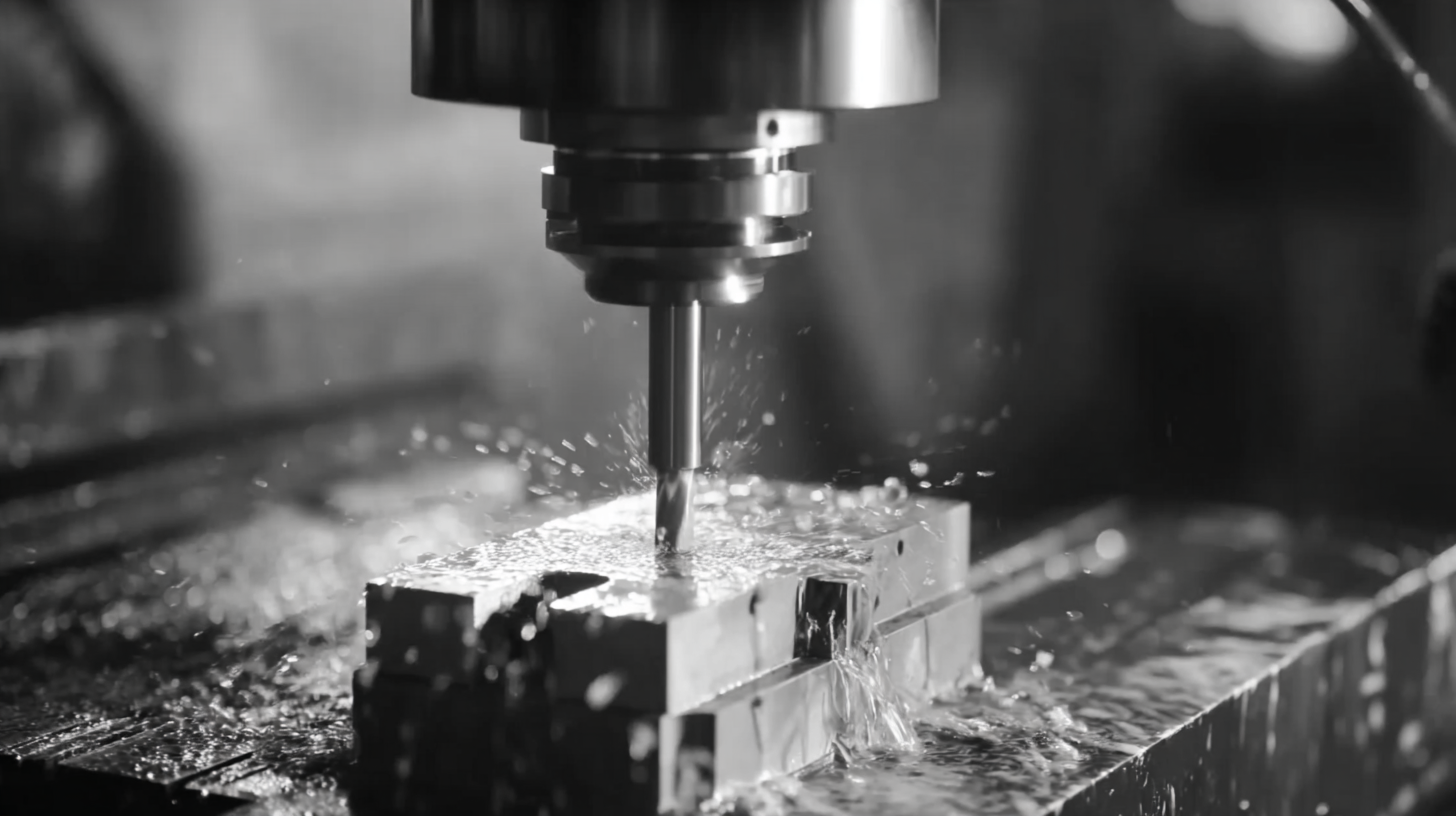
Regular maintenance of CNC mills is crucial for sustaining optimal performance and extending the lifespan of the machinery. Just like any piece of equipment, CNC mills require routine checks and adjustments to function at their best. This proactive approach not only helps prevent unexpected breakdowns but also enhances precision and efficiency during manufacturing processes.
Tips for Effective CNC Mill Maintenance:
